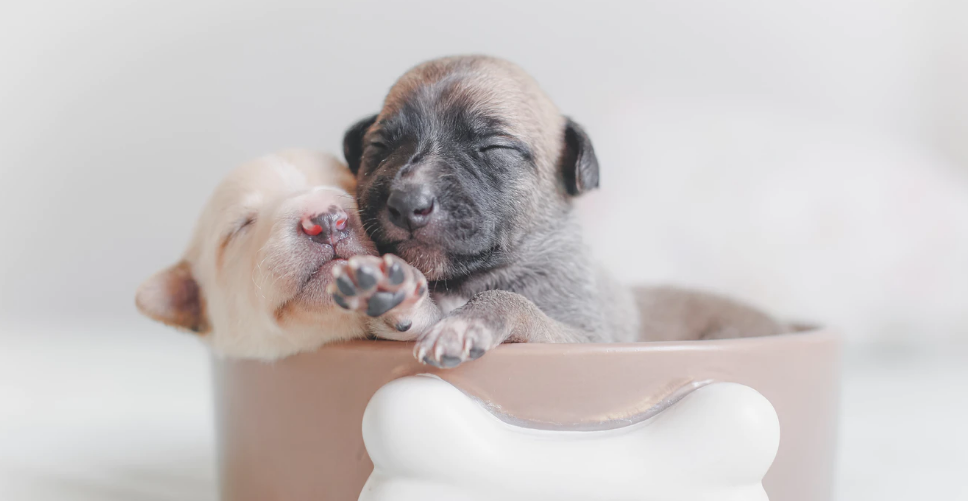
Whelping & Weaning
Discover Whelping & Weaning Products here, including Feeding Sets and Bottles for Puppies. Find everything you need to care for your new puppy at OlliePets.
Preparing for whelping
Due date
Make a note of your dog’s mating date so that you can estimate her due date. Pregnancy in dogs usually lasts around 63 days (but can vary from 57-71 days).
Whelping box
Once you know that your dog is pregnant, it’s a good idea to get everything ready. Set aside a safe, quiet, comfortable space for her to have her pups free from interruption, noise or stress. Within that space, she will need a whelping box or large basket, which you can either buy pre-made, or make yourself (often a large cardboard box will do). A whelping box/basket needs to be:
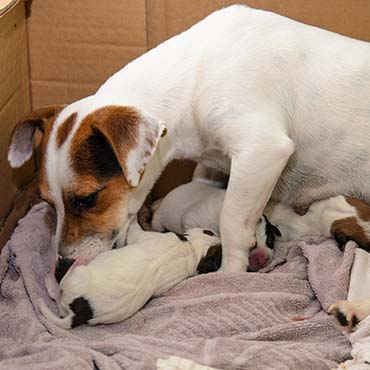
- In a quiet, secluded room that’s kept at around 22°C.
- Warm and comfortable.
- Lined with a clean absorbent bedding (towels are perfect).
- Big enough for your dog to stretch out and turn around in.
- High enough to stop new-born puppies escaping, but low enough for your dog to step over.
- Also – make sure you have plenty of clean towels (or paper towel) for clearing up.
Vet help
Have your vet’s daytime and out-of-hours telephone numbers handy in case you need any help or advice.
Feeding, worming and general care
Make sure your dog is well fed and regularly dewormed during her pregnancy.
Normal whelping
Preparing for birth
As your dog’s body prepares to give birth, her birth canal relaxes and widens, while her puppies turn around into the correct position for birth. The preparation stage of whelping often lasts between 6-12 hours, but can be as long as 36 hours (especially for a first time mum, or a nervous dog). During this stage, you may notice your dog’s behaviour changing. Signs often include:
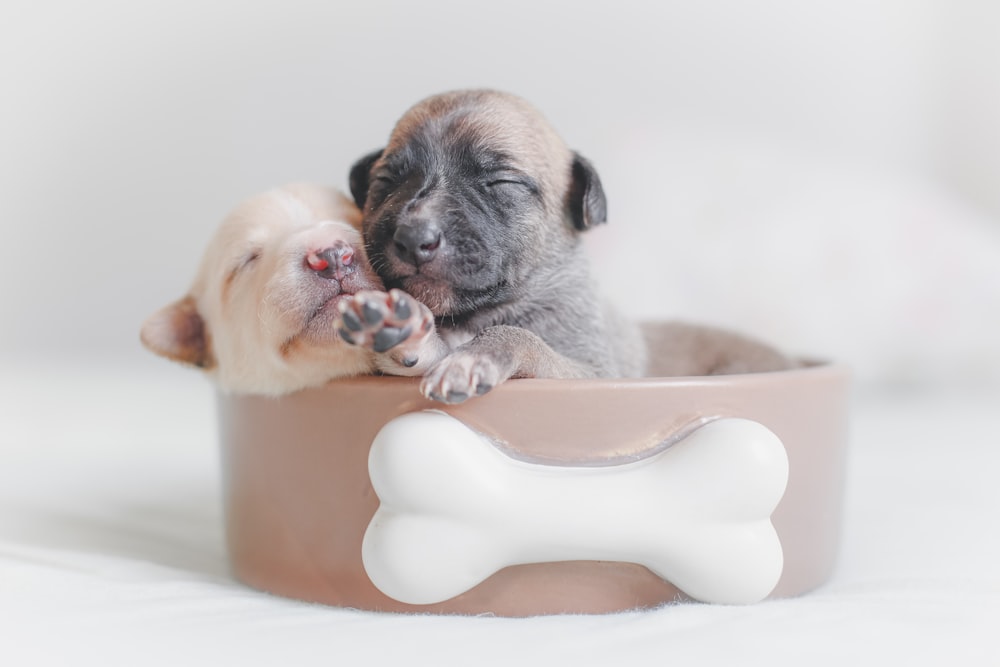
- Restlessness
- Hiding away
- Panting
- Eating less
- Vomiting (contact your vet if you are concerned)
- ‘Nesting’ – digging, pacing and circling around her whelping box
You may also notice your dog passing a small amount of red/brown mucus from her vulva and having very weak contractions (but not straining). Just before your dog starts having her puppies, she should start to settle down, ideally in her whelping box.
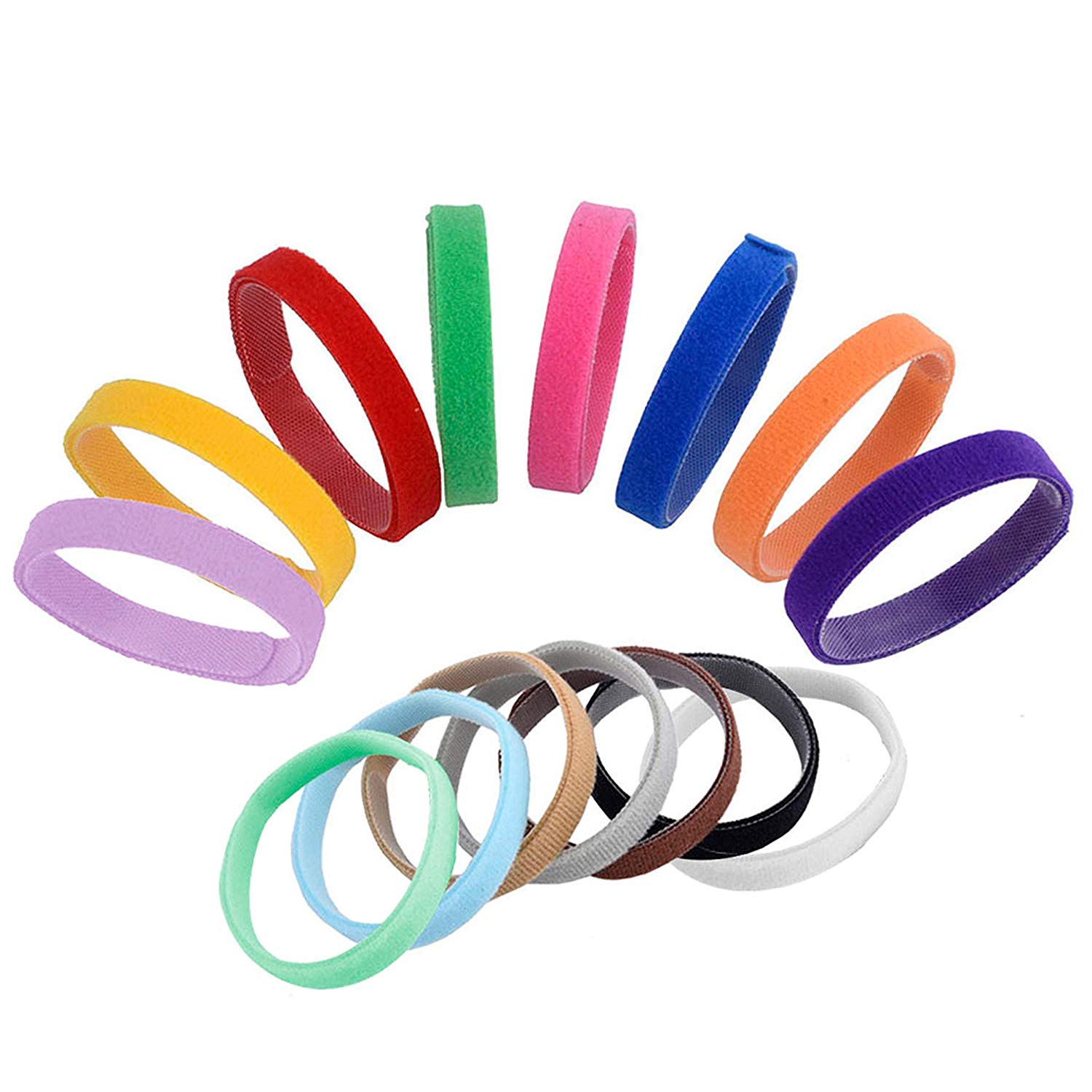
15 Colours Puppies ID
Whaline
£5.69

COMPLETE Puppy Whelping Kit
ABNOBA PET STORE
£14.99
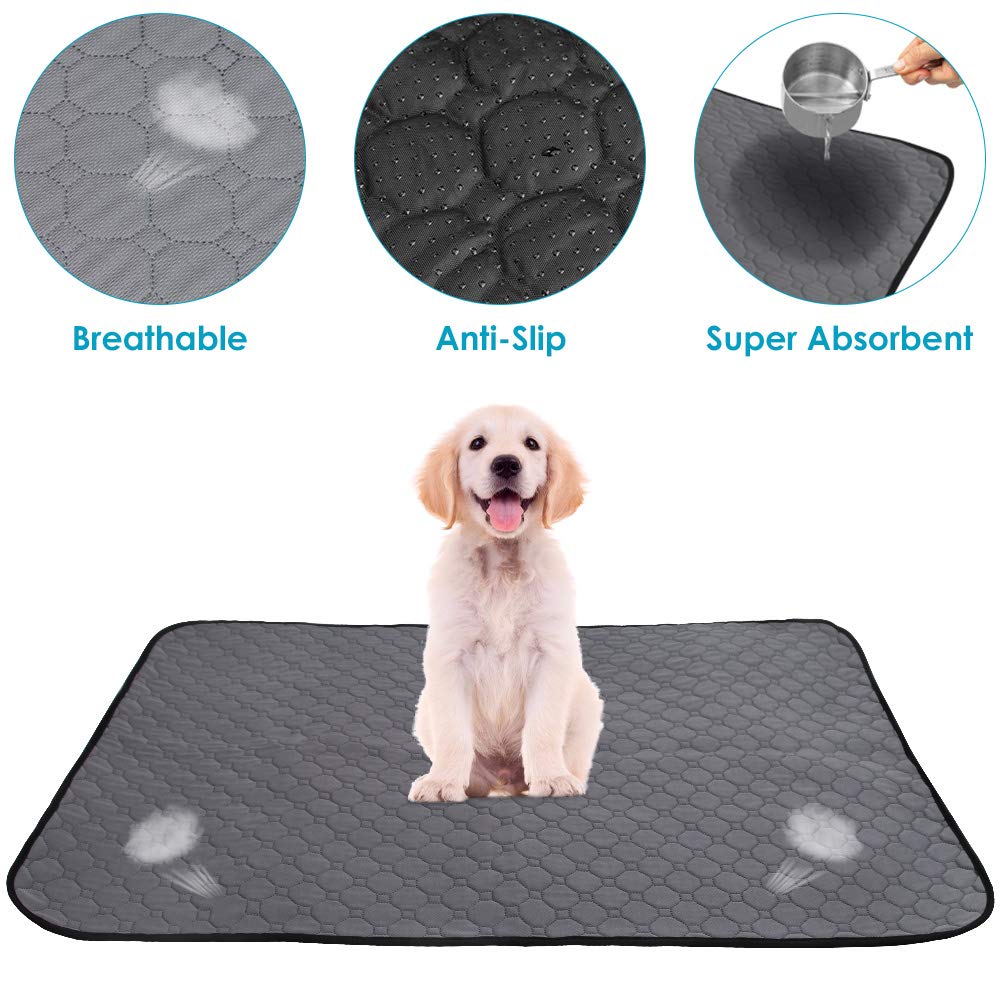
Washable Fast Absorbent Pad
SlowTon
£16.99
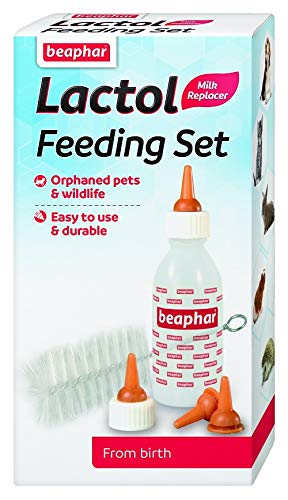
Lactol Feeding Set Milk Replacer
Beaphar
£2.57

Absorbent Odour Locking (x100)
Petsentials
£14.00

Small cotton Towels (x10)
ABNOBA PET STORE
£6.99
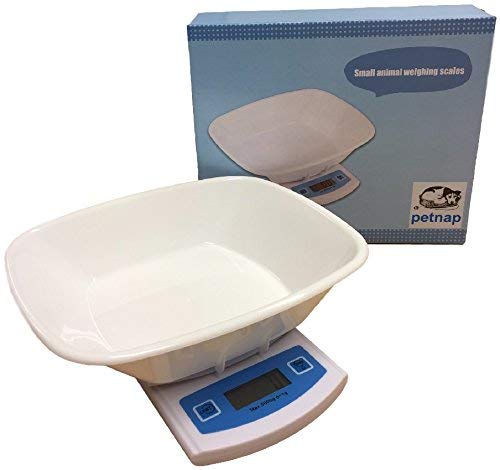
Digital Weighing Scales
Petnap
£19.99
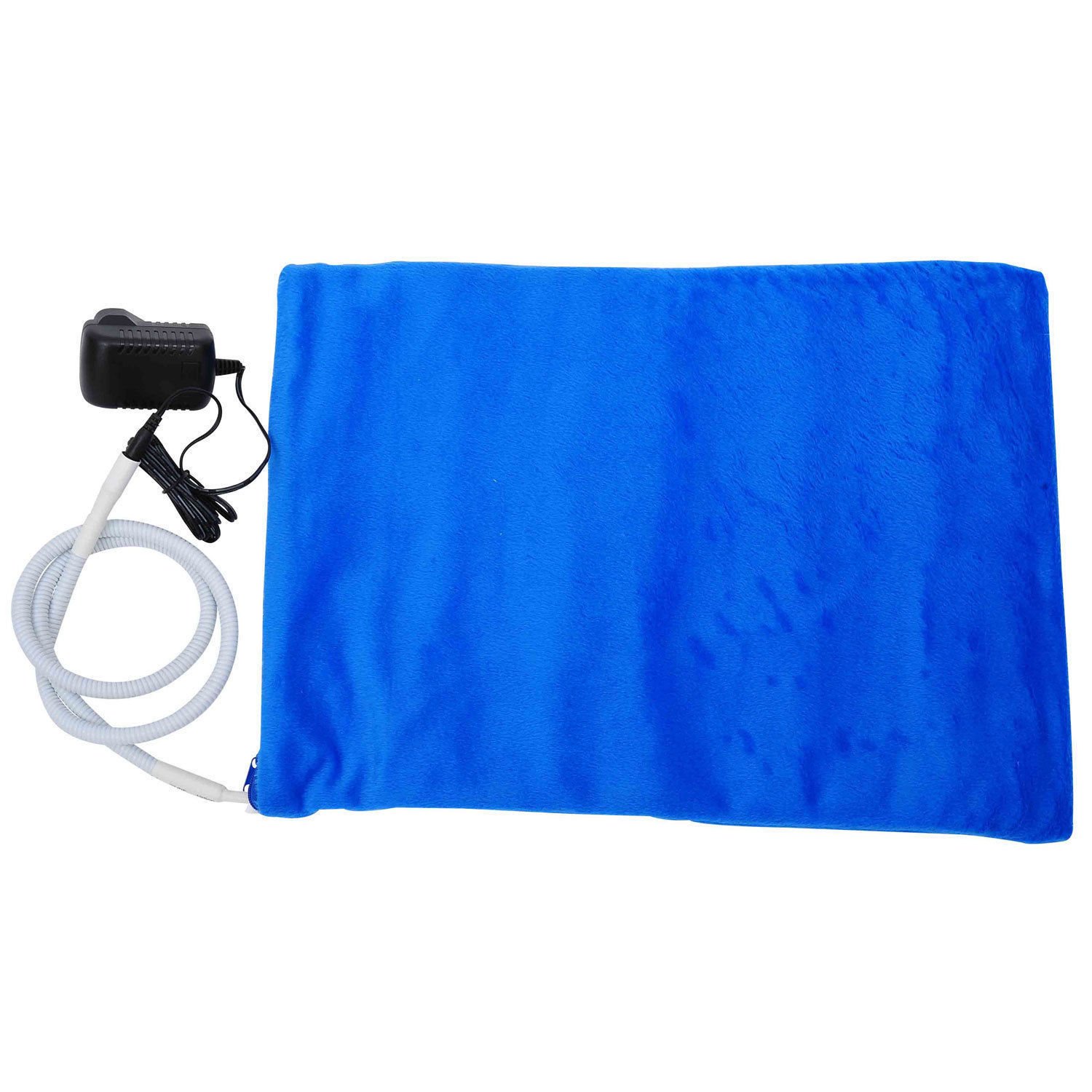
heat Pad Heater Mat
PawHut
£12.99
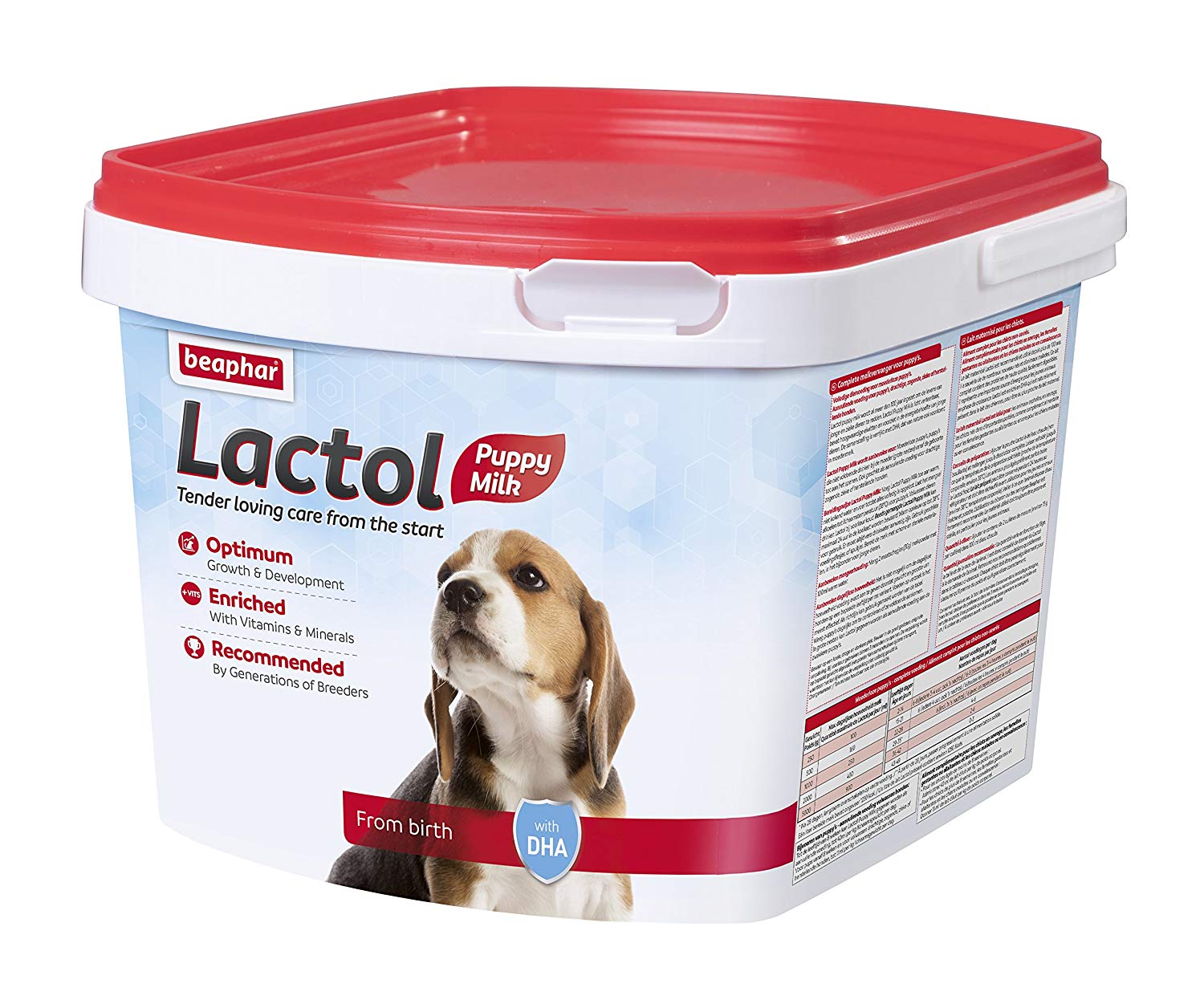
Lactol Puppy Milk (2kg)
Beaphar
£22.24
Giving birth
Once strong contractions and straining begins, your dog will start having her puppies.
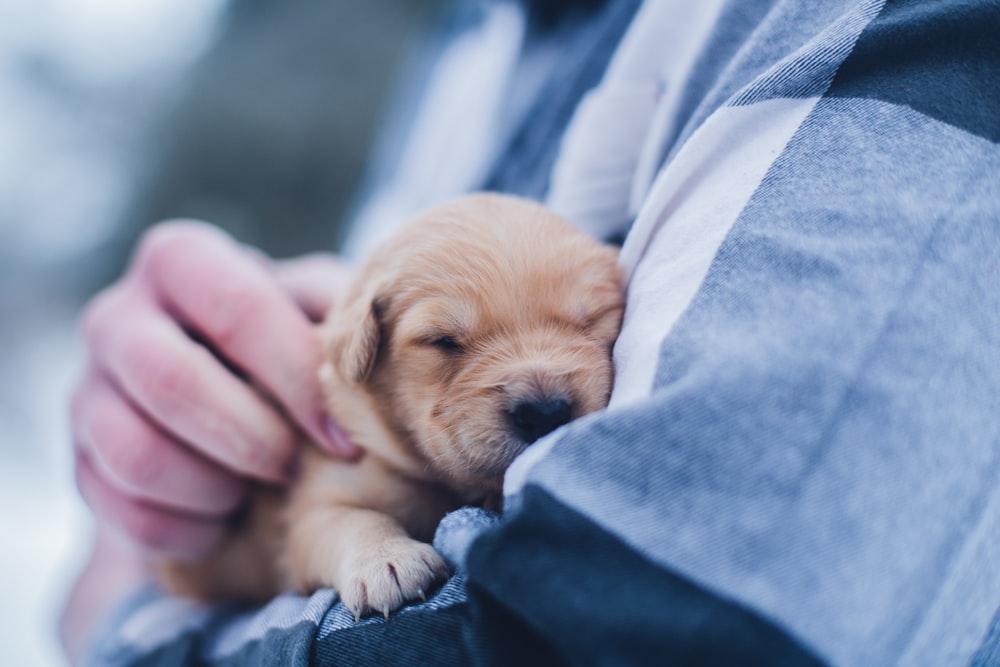
- The first puppy often takes the longest to be born; if contractions are weak it can take between two-four hours, but if contractions are strong, it should come within 20-30 minutes.
- There will then be a time gap between following puppies, which can range from five minutes to one and a half hours. As long as your dog is comfortable, a gap between puppies is fine.
- If at any point, your dog has been straining and having strong contractions for 20-30 minutes, without progressing or producing a puppy, contact you vet urgently.
- Most puppies are born head first but some come tail first.
- Puppies are born inside a thin sac, which the mother will remove, enabling them to breathe.
- After each puppy, your dog should pass an afterbirth (placenta), which they often eat. The placenta is the structure that provides oxygen and nutrients to the puppy while its developing in the womb. A placenta should appear approximately 15 minutes after each puppy, however, they don’t always come in order, i.e. a few pups may be born before their placentas are passed. If not all placentas are passed, it’s possible for an infection to develop in the weeks following whelping.
- Between each puppy, your dog should seem comfortable, settled and be licking her newborn until her contractions restart and straining begins again.
- There will be some clear or bloody fluid coming from your dog’s vulva during whelping, this is normal. However, a lot of blood isn’t normal.
- You may see a small amount of green tinged discharge following a pup being born, but a thick green discharge without a puppy is a concern.
- Contact your vet for advice if you are concerned at any point during your dog’s whelping.
After labour
On average, giving birth to an entire litter takes 3-12 hours (from the beginning of contractions/straining). Exact timing varies, but the process should never take longer than 24 hours because after that, the risk of a problem becomes very high.
Once your dog has given birth to all her puppies, she is likely to be very hungry, tired and need to rest. She will need to stay with her puppies to feed them and bond with them. Make they are in a quiet space, free from noise and disturbance. There is a risk of your dog rejecting her puppies if she doesn’t feel comfortable, relaxed and able to bond with them after whelping.
Your dog is likely to have a vaginal discharge for up to 6 weeks after whelping but it should not smell. Contact your vet if you are worried.
Problems whelping/when to contact your vet
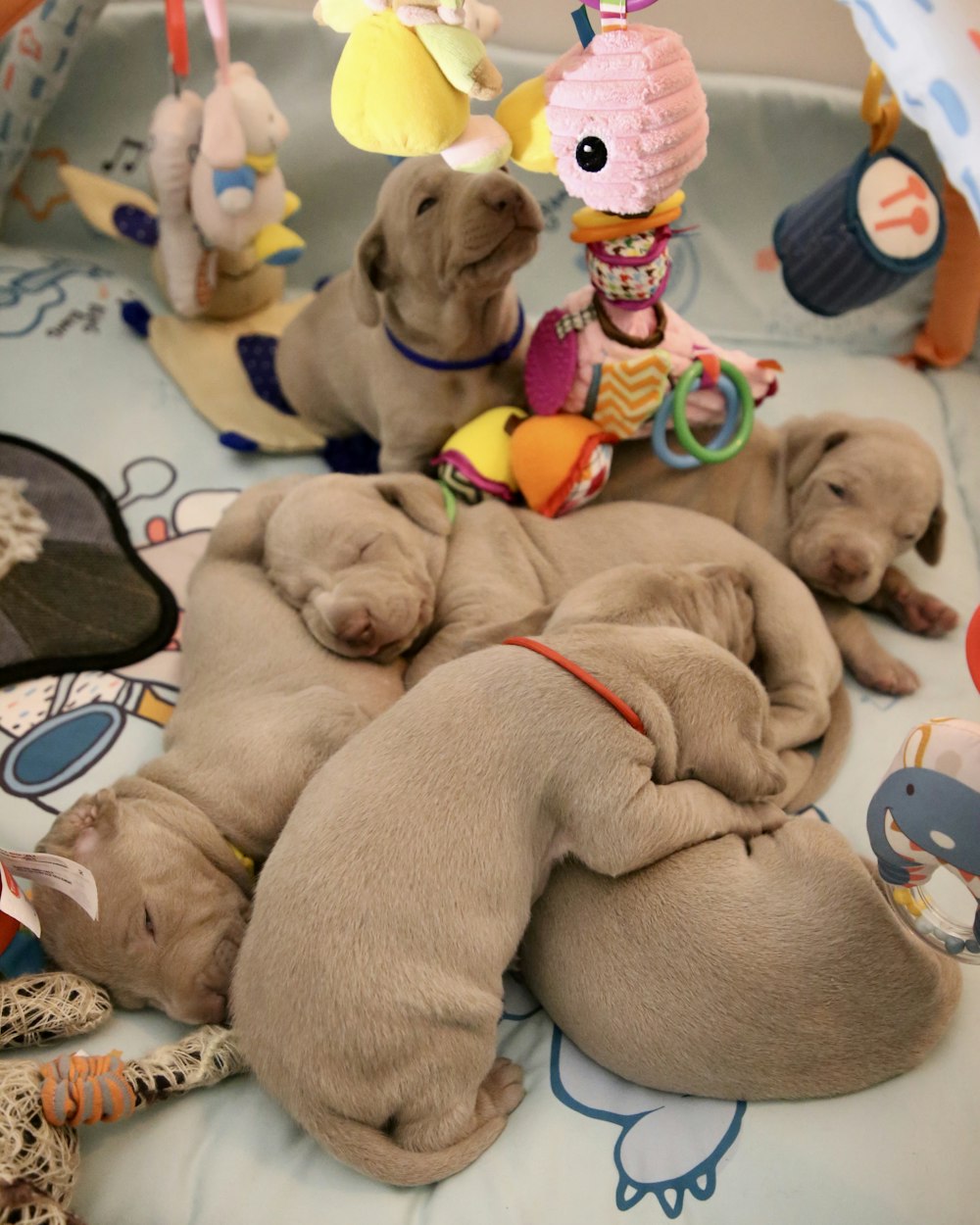
Most dogs will give birth on their own without needing any help from you or your vet, but occasionally problems do arise; which we call ‘dystocia’. Dystocia is most common in flat-faced pedigree breeds such as Pugs, Bulldogs and French Bulldogs. Contact your vet for advice if you notice any of the following problems:
Poorly mother
Have your dog checked if she seems unwell, or just ‘not herself’ before, during or after whelping.
Green discharge
If you see a green discharge coming from your dog’s vulva, without a puppy it can mean that the unborn puppies’ are in distress (blood and oxygen supply is failing).
Bleeding
You will see some fluid and bloody discharge during a whelping, but anything more than a few drip is abnormal and should be checked by your vet immediately.
Exhaustion
If your dog’s labour continues for a long time, she may become exhausted and stop straining.
Straining but no pup
Contact your vet urgently if your dog has been straining for 20-30 minutes without producing a puppy, there may be a blockage.
Puppy stuck
Large puppies, deformed puppies, and puppies delivered backwards can sometimes become stuck inside the pelvis or part way out. If your dog has puppy stuck inside her, call your vet immediately. Do not pull the puppy without advice.
Sac problems
Some first time mothers need help removing the birth sac from their puppies. If it isn’t broken they won’t be able to breathe. Give your dog a chance to remove it herself, but if they don’t, you may need to tear a hole and remove it. Ask your vet for advice immediately if you’re uncertain.
Umbilical cord problems
Some first time mothers need help removing their puppies’ umbilical cords. This doesn’t have to be done straight away, but if left too long they can cause problems. Call your vet for advice about how to cut and tie cords, if done incorrectly it can cause infection.
No puppies
If your dog hasn’t shown any signs of going into labour 70-72 days after the first mating, contact your vet.
Stillborn puppies
Have your dog checked over if she gives birth to any dead puppies.
Treatment for problems giving birth (dystocia)
If your dog is having trouble giving birth, contact your vet straight away and try to give as much detail about her and the pregnancy as possible. Your vet may want to do the following:
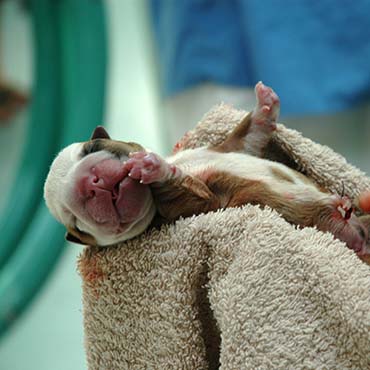
- X-rays or a scan: helpful to work out what is causing the problem and check on the unborn puppies.
- Monitoring: depending how your dog appears, your vet may decide to keep her in the hospital for monitoring and wait to see what happens. They will check her regularly and take further action if necessary.
- Medication: to help the womb contract more forcefully.
- Assisted delivery: it might be possible for your vet to gently help deliver a stuck puppy, unless it’s too big or too deformed to pass. Never pull a puppy without advice from your vet; you could damage your dog.
- Caesarean: A caesarean (C-section) is an operation, performed under a general anaesthetic to open the womb and remove the puppies.





